
Baker Hill
Baker Hill was named after the Baker family who were descendants of Jacob and Anne

Archaeology has shown that the area we know today as Whitchurch-Stouffville was occupied as early as the late sixteenth century. Visit Archaeology Alive! The Jean-Baptiste Lainé Site in Whitchurch Stouffville Virtual Exhibit to learn about the Northern Iroquoian settlement now known as the Jean-Baptiste Lainé Site that was home to approximately 2,000 ancestral Wendat.
European Settlers arrived in Whitchurch Township as early as 1794. At that time at least three Indigenous trail systems were in use. The Mississauga claim to portions of Whitchurch are on record from the time of the very first attempt by settlers to take up residence in the Township. In 1923 Whitchurch was included as part of the Williams Treaties.
Whitchurch Township was originally 59,743 acres (24,178 hectares) in size. The Township was named c. 1798 by Colonel John Graves Simcoe, first Lieutenant Governor of Upper Canada, after the birthplace of his wife in Whitchurch, Herefordshire, England. The boundaries of the Township were present day Davis Drive, Yonge Street, Stouffville Road, and Durham Regional Road 30.
With the implementation of the Baldwin Act, the Township of Whitchurch became an organized municipal government in 1850, with a Reeve (Joseph Hartman) & appointed Councillors. While maintaining their names, existing hamlets were absorbed into this newly formed Township. The inaugural meeting of the municipal government of the Township of Whitchurch was held at Smith’s Inn in Stouffville on January 6, 1851.
Three hamlets grew into villages and separated from Whitchurch Township for administrative purposes to form their own municipal governments in the following years. They were Newmarket (1858), Aurora (1863), and Stouffville (1877).
Boundary changes took place in 1967 at the request of York County which resulted in the creation of the Regional Municipality of York on January 1, 1971. After much discussion & debate the result was that the fourteen municipalities that existed were amalgamated into nine.
With boundaries redrawn, Whitchurch Township & the Village of Stouffville would come together to form the “Whitchurch Area” as one of the 9 newly formed municipal governments. The option existed for the name to be changed through consensus and the Town of Whitchurch-Stouffville was selected. In 2019, the Town began using the name “Stouffville” for marketing purposes although the name Whitchurch-Stouffville remains the official name of the municipality.

Baker Hill was named after the Baker family who were descendants of Jacob and Anne

Ballantrae was settled in the early 1800s and became a busy economic centre for the


Bloomington, the community located at the intersection of Bloomington Road and Ninth Line, was named

Sawmills and gristmills were early industries for Cedar Valley, operating with power from Taylor Creek.



This small German hamlet was once located at the intersection of McCowan (7th Line) and
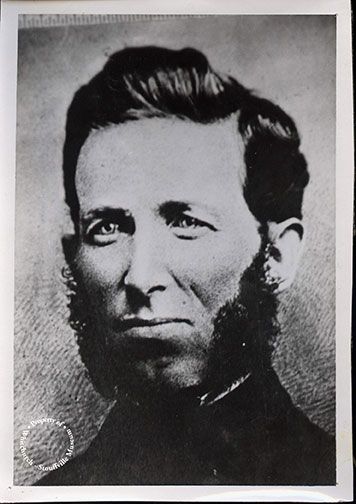


The Lemonville community, located south of Bloomington Road on McCowan Road, was named after George

Lincolnville was located at the corner of Bloomington Road and Highway 47 and was divided

The community of Musselman’s Lake is named after the Musselman family who bought land surrounding

Pine Orchard, the community at Warden Avenue and Vivian Road, was settled in 1802 by

Known initially as Pleasant Valley, this hamlet was originally settled by Quaker families including the
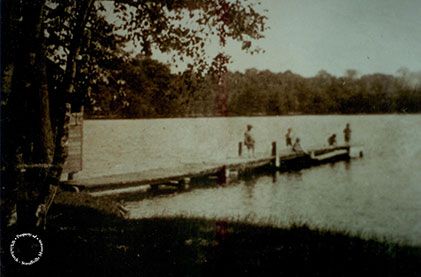
Originally known as Reesor Lake and then Middleton Lake at the turn of the 20th



The small hamlet of Shrubmount was settled at the intersection of Davis Drive and McCowan

Initially a hamlet of Whitchurch Township, Stouffville got its name from Abraham Stauffer (Stouffer) who
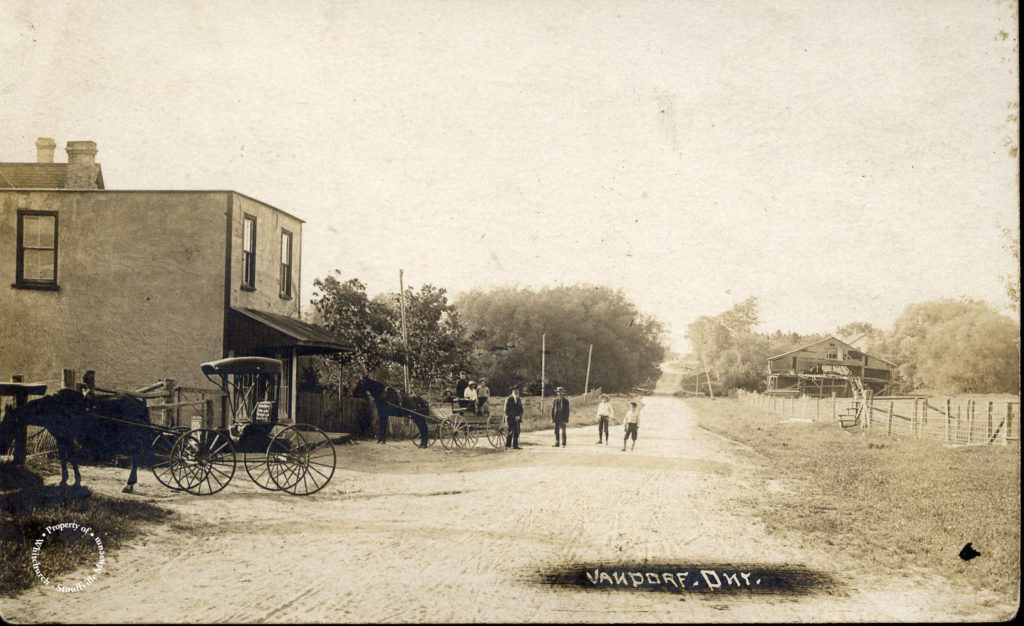
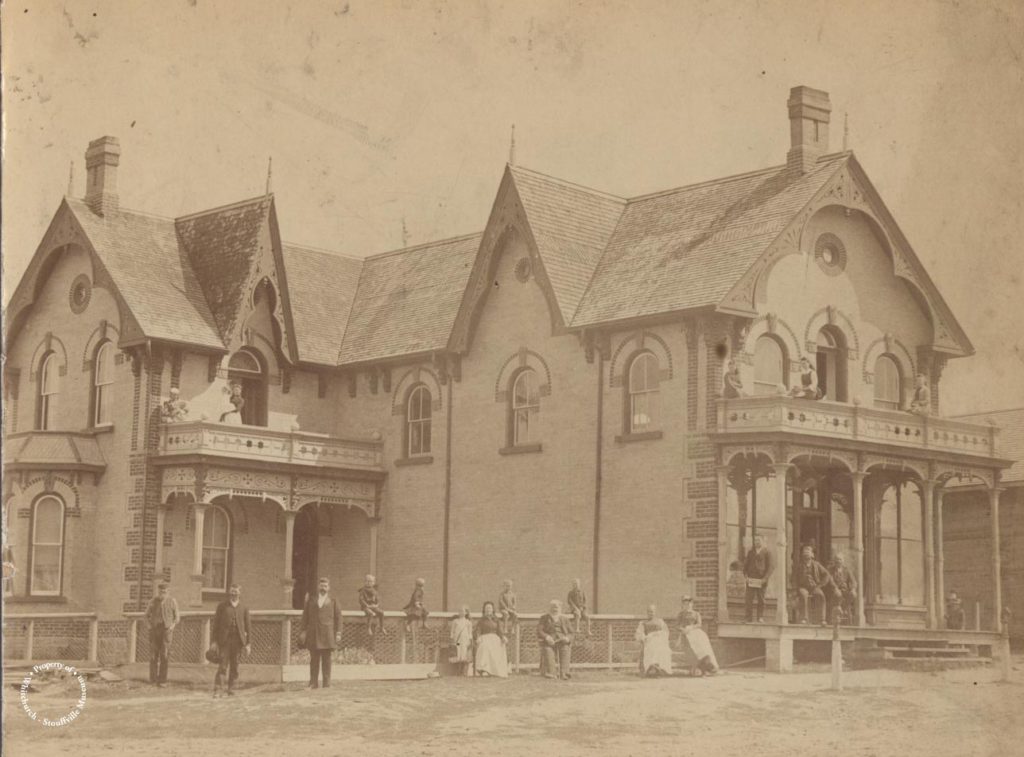

The community of Wesley Corners, located at the crossroads of Woodbine Avenue and Aurora Road,
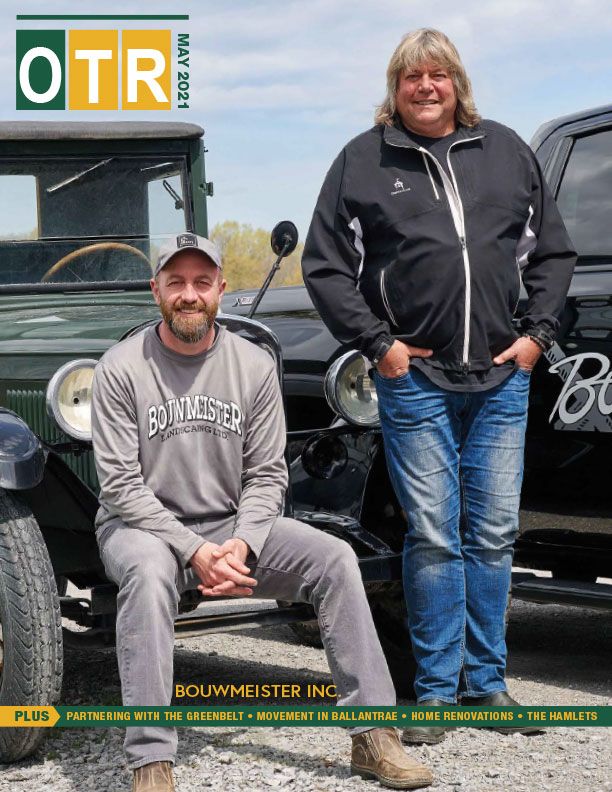
This self-guided driving tour will take you through the different historical hamlets of Whitchurch-Stouffville and provide you with a snippet of information on each one.